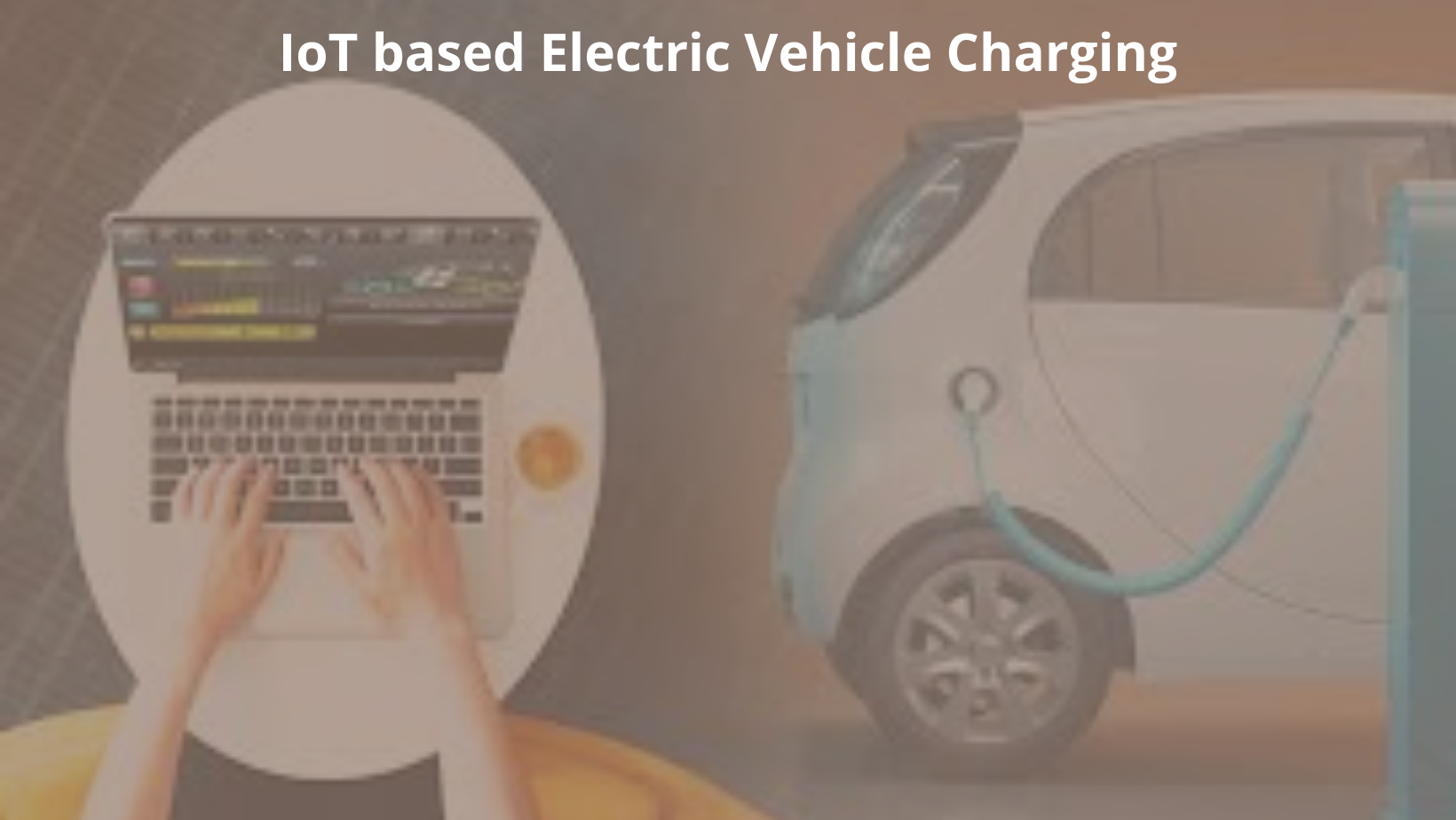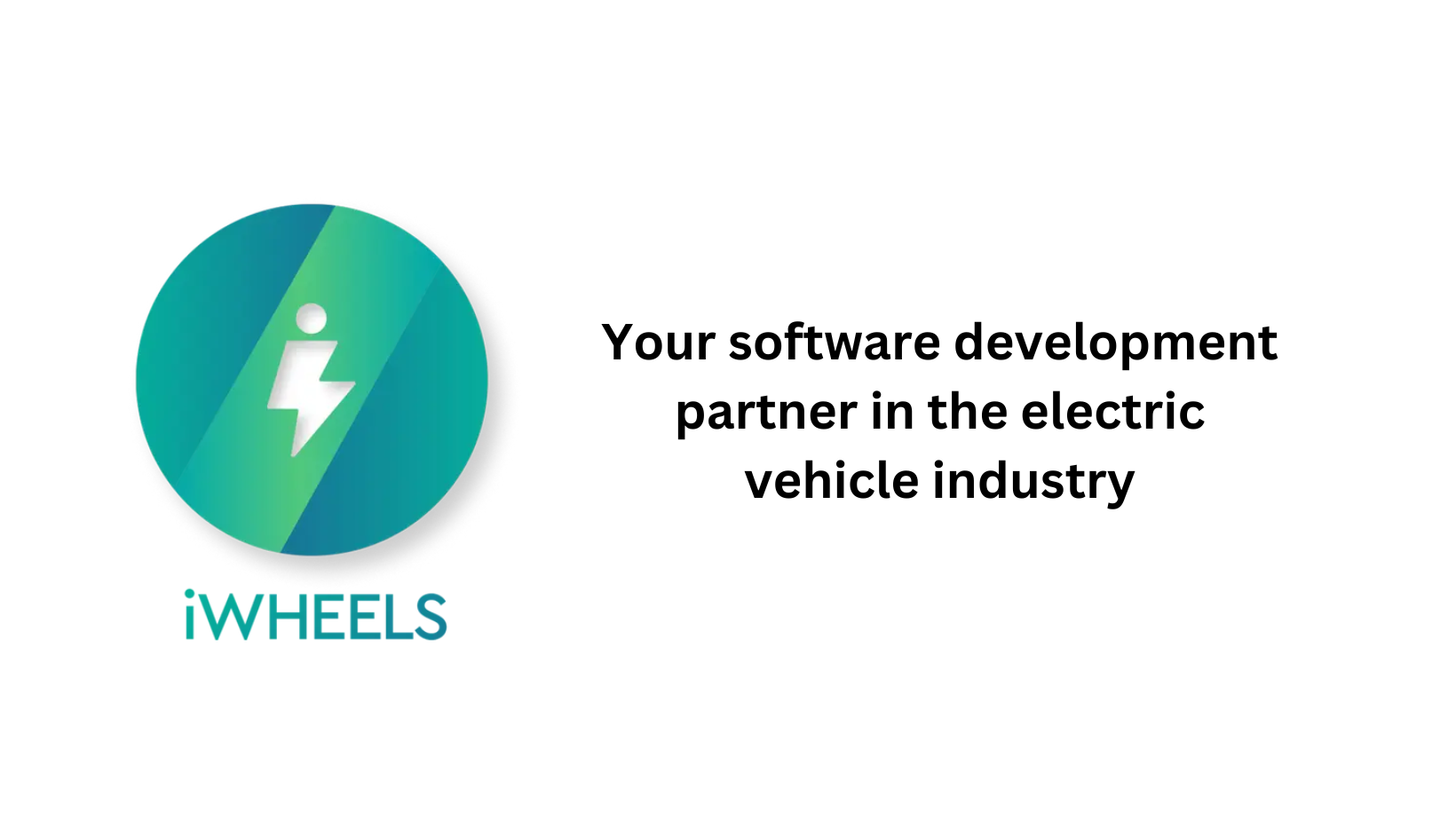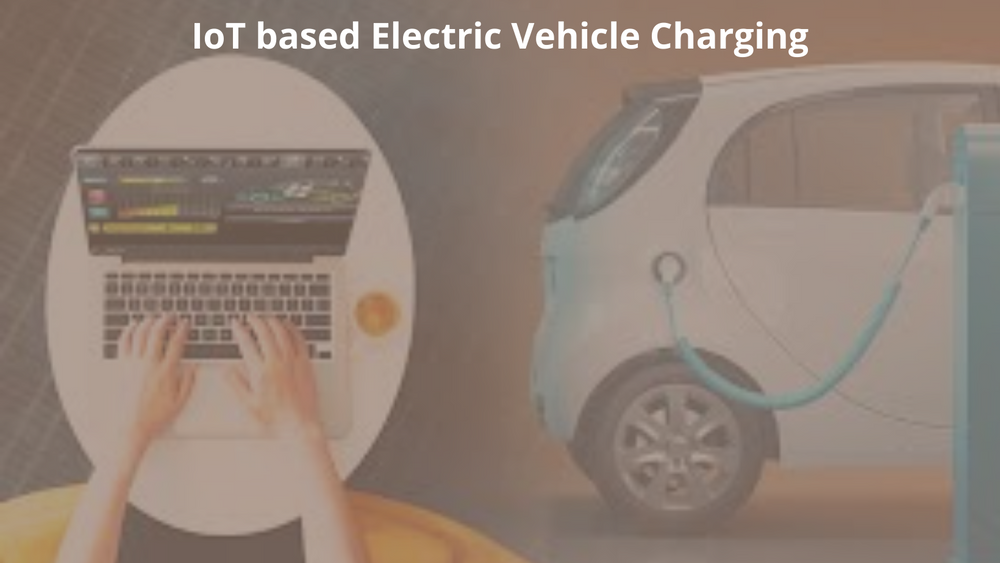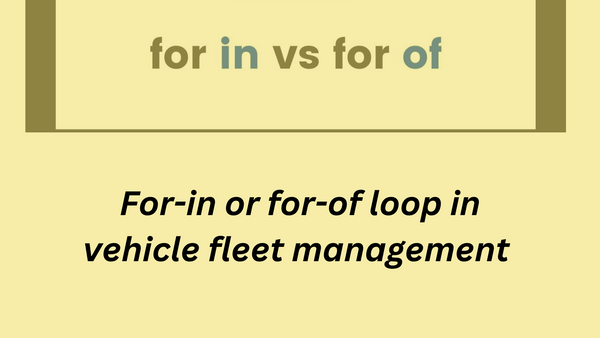IoT based Electric Vehicle Charging
Hello People. This article discusses about IoT based Electric Vehicle Charging system. EVs require a charging station similar to how fuel car requires a petrol pump. Charging takes some time and so it is efficient to use IoT technology which makes the system user friendly. One can upload information on cloud and simultaneously on smart phones.
Let us discuss about the Technology components required for developing the EV charging app. AWS, Azure, and Google are the most suitable cloud environments. For accurate user location, the app should feature Google Maps or Places API, alongside Apple’s Core Location Framework. The suitable databases for EV charging apps are MySQL, Hbase, MongoDB, Postgre, and Cassandra. Mailchimp integration can also be considered.
Coming to communication protocol, OCPP is the most preferred communication protocol. The app works wonderfully when hosted on an NGINX server. Urban Airship, Amazon SNS, Twilio, and Firebase Cloud Messaging are the most preferred push notification tools. Laravel is an ideal framework for EV charging apps.

Payment integration is possible using Razorpay, Stripe, EWallets, and Paypal. For accurate data analytics, developers can use Spark, Cisco, Big Data, Apache Fling, and Hadoop. Twilio and Nexmo are the most preferred resources for MS, voice, phone verification. For strong back-end infrastructure for the app, Python and Node JS are the most preferred choices.
Are you looking to start your business in the electric vehicle industry? We provide software development, web application development, mobile application development, charging stations management app, electric vehicle fleet management software development, cyber security and all software services. Please check our home page here https://iwheels.co/

Ok. Let's get back to the article.
OCPP protocol is crucial for establishing continual communication between the application user and the charging station. As soon as a charging station is functional, OCPP connects with its management system and gains access to crucial details like current status, charging facility availability, location of charging station, and so on. It is operational and essential throughout the charging process.
OCPP is useful in multiple ways. End-users or EV owners enjoy easy charging station reservations. OCPP makes remote charging station management possible. The use of OCCP makes charging stations smart as they can increase or decrease power supply automatically. Data transaction between the mobile app, EV stations, and management software becomes effortless with the help of OCPP. Any unforeseen issues and warnings can be anticipated well ahead of time with the help of OCPP. It aids in remedial solution delivery. Charging station reporting becomes easy as OCPP can collect the latest and accurate information related to the current state, power supply consumed, and so on.
AWS IoT for EV Charging App Development
AWS is the most preferred cloud ecosystem for enabling your EV charging app. AWS IoT Core is actually used for this purpose. It’s AWS’s top-notch cloud service used for connecting devices to communicate with other applications and tools securely overcloud. Communication protocols like HTTP, MQTT, LoRaWAN, and MQTT over WSS for seamless data transfer.
Let us talk about the set-up components required for developing an IoT solution for EV charging apps, using AWS IoT. Data pipeline is needed where raw data such as voltage, device signals, power & temperature figures, and current details are stored. Per hour data sampling and its effective storage. Developers need to keep track of overall power load consumption across the devices and store it.
ML model should be invoked to observe whether or not consumed power has reached the limit. Using the above-mentioned data pipeline is transmitted to AWS IoT Analytics and Lambda function. Such centralized data accessibility allows developers to speed-up IoT application development.
AWS IoT uses a high-end machine learning model that is implemented with the help of Amazon Sage Maker. The use of Amazon Sage Make allows developers and data scientists to develop, deploy, and train ML models quickly. The stored and analyzed data is then used for IoT Events creation. By creating IoT events, it’s easy to detect and respond to IoT devices requests. Developers define the logic of each event using the “if-then-else” statements and set the custom actions, responses, or triggers for the event.
The use of IoT Events leads to multiple action triggers such as Sending a message of Lambda functions, DynamoDB table message insertion and message splitting, Sharing an alter such as SNS push notification, Amazon S3 bucket used for statement storage, Sending a signal to Amazing Kinesis Stream, Alert sent to Amazon Kinesis Firehose, Message writing into Timestream table.
IoT Events are useful for constant data monitoring from devices and integrating it directly to IoT Core and AWS Analytics. Doing so ensures the early detection and unique insights generated from the events.
Hope this article on IoT based Electric Vehicle Charging is useful to you. Please read Connect ESP32 to AWS IoT with Arduino




